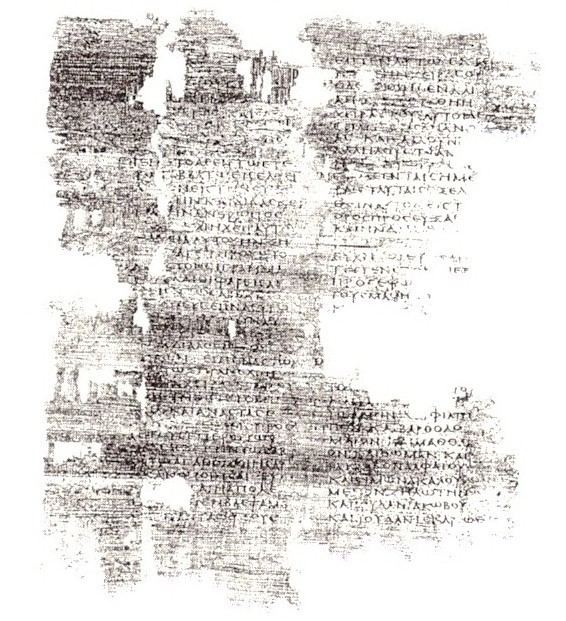Order in the Bible part 3 | ||
 | ||
Luke 16 is the sixteenth chapter of the Gospel of Luke in the New Testament of the Christian Bible. It records the teachings and parables of Jesus Christ, including the famous parable of the "rich man and Lazarus". The book containing this chapter is anonymous but early Christian tradition uniformly affirmed that Luke composed this Gospel as well as Acts.
Contents
Text
Structure
This chapter can be grouped (with cross references to other parts of the Bible):
Parable of the Unjust Steward
This parable of Jesus appears in Luke, but not in the other Canonical gospels of the New Testament. It tells a story about a steward who is about to be fired, but curries favor with his master's debtors by remitting some of their debts.
Parable of the Rich Man and Lazarus
The parable of the rich man and Lazarus (also called the Dives and Lazarus or Lazarus and Dives) is a well-known parable of Jesus appearing in the Gospel of Luke. It tells of the relationship, in life and in death, between an unnamed rich man and a poor beggar named Lazarus. The traditional name, Dives, is not actually a name, but instead a word for "rich man", dives, in the text of the Latin Bible, the Vulgate. The rich man was also given the names Neuēs (i.e. Nineveh) and Fineas (i.e. Phineas) in the 3rd and 4th centuries.
Along with the parables of the Ten Virgins, Prodigal Son, and Good Samaritan, it was one of the most frequently illustrated parables in medieval art, perhaps because of its vivid account of an afterlife.
The name Lazarus (from the Hebrew: אלעזר, Elʿāzār, Eleazar - "God is my help") also belongs to the more famous biblical character Lazarus of Bethany, also known as Lazarus of the Four Days, who is the subject of a prominent miracle attributed to Jesus in the Gospel of John, in which Jesus resurrects him four days after his death.
